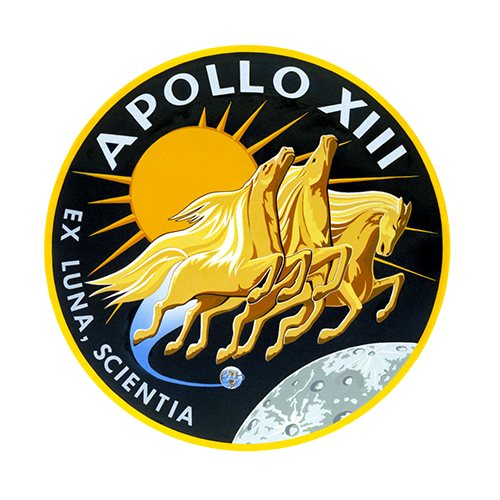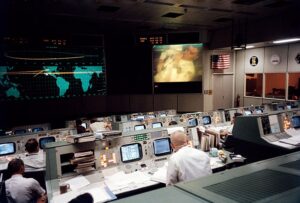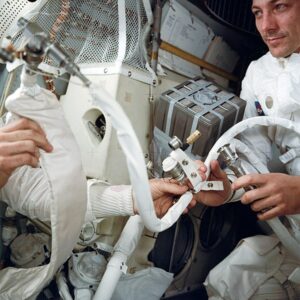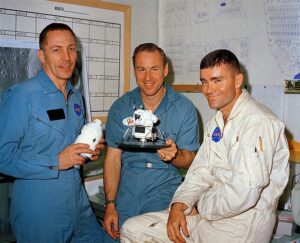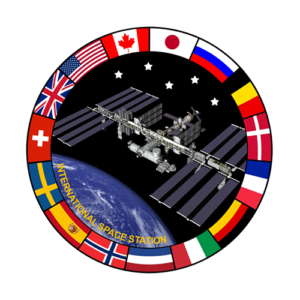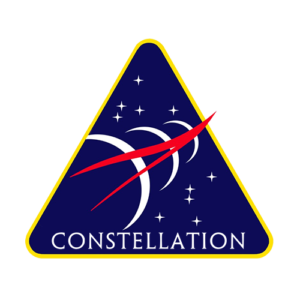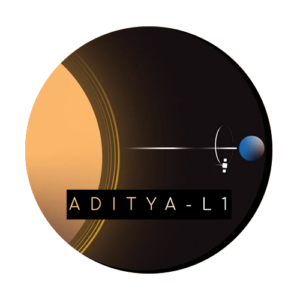The Apollo program, initiated by NASA in the 1960s, was a series of crewed missions aimed at landing humans on the Moon and returning them safely to Earth. Among the Apollo missions, Apollo 13 stands out for its remarkable story of survival and ingenuity in the face of adversity.
Launched on April 11, 1970, Apollo 13 was intended to be the third crewed lunar landing mission, but it became known as a “successful failure” due to the heroic efforts to bring the crew safely back to Earth after an oxygen tank explosion severely damaged the spacecraft. This mission showcased the resilience of astronauts and the teamwork of NASA’s mission control, emphasizing the risks and challenges inherent in space exploration.
Related Content:
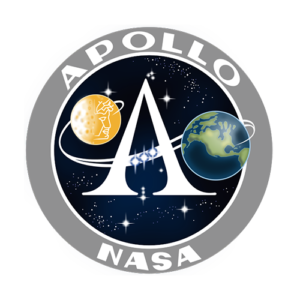
The Apollo Space Program
Explore the iconic Apollo spacecraft, which made history by landing humans on the Moon and returning them safely to Earth.

All The Apollo Missions In Order
Explore all the Apollo missions, their goals, spacecraft, and how they fared. The complete list including Apollo 11, 13, and 17.
Mission Objectives
The primary objective of Apollo 13 was to land astronauts on the Moon and conduct scientific experiments on its surface, particularly in the Fra Mauro region. Specific goals included deploying scientific instruments, collecting lunar samples, and conducting geological surveys to enhance understanding of the Moon’s geology and history.
Launch and Deployment
Apollo 13 was launched aboard a Saturn V rocket from Kennedy Space Center in Florida on April 11, 1970. Approximately 56 hours into the mission, while en route to the Moon, an oxygen tank in the Service Module exploded, forcing the mission to be aborted. Despite the critical failure, the crew and ground control worked tirelessly to ensure a safe return to Earth.
Achievements and Discoveries
Despite not achieving its primary objective of a lunar landing, Apollo 13 was a triumph of human ingenuity and teamwork. The mission demonstrated NASA’s ability to adapt and problem-solve in real-time, leading to the successful return of the crew to Earth. It highlighted the importance of rigorous training, contingency planning, and effective communication in space missions.
Apollo 13's TImeline
April 11, 1970: Launch of Apollo 13
The Saturn V rocket carrying the Apollo 13 spacecraft, with astronauts Jim Lovell, Jack Swigert, and Fred Haise onboard, is launched from Kennedy Space Center in Florida.
April 13, 1970: Oxygen Tank Explosion
Approximately 56 hours into the mission, an oxygen tank in the Service Module explodes, causing critical damage to the spacecraft and jeopardizing the crew’s safety.
April 14, 1970: Abort Lunar Landing
Mission control informs the crew that the lunar landing mission must be aborted due to the oxygen tank explosion, and the focus shifts to safely returning the crew to Earth.
April 14, 1970: Power Down
To conserve power and resources, the crew shuts down non-essential systems in both the Command and Service Modules, relying on the Lunar Module as a “lifeboat.”
April 15, 1970: Course Correction
Mission control calculates a new trajectory for the spacecraft, using the Lunar Module’s engine for a course correction to ensure a safe return to Earth.
April 16, 1970: Carbon Dioxide Crisis
The crew faces a life-threatening buildup of carbon dioxide in the Lunar Module. They jury-rig a solution using materials onboard to adapt Command Module canisters to fit the LM’s environmental system.
April 17, 1970: Re-entry Preparations
The crew jettisons the Lunar Module and transfers back to the Command Module, making preparations for re-entry into Earth’s atmosphere.
April 17, 1970: Splashdown and Recovery
Apollo 13 splashes down safely in the Pacific Ocean, approximately 6.5 kilometers from the recovery ship USS Iwo Jima. The crew is recovered by helicopter and brought aboard the ship, marking the successful end of the mission.
Spacecraft and Instruments
The Apollo 13 mission involved three main components: the Command Module (CM) named “Odyssey,” the Service Module (SM) named “Aquarius,” and the Lunar Module (LM) named “Spider.” Each of these spacecraft played a crucial role in the mission’s objectives and ultimately in the safe return of the crew to Earth.
Command Module (CM) - "Odyssey"
The Command Module served as the primary living quarters for the three astronauts during their journey to the Moon and back to Earth. It housed the crew’s controls, navigation systems, and communication equipment. “Odyssey” was designed to withstand the extreme temperatures and vacuum of space, providing a safe and habitable environment for the crew.
Service Module (SM) - "Aquarius"
The Service Module provided propulsion, electrical power, and life support systems for the spacecraft. “Aquarius” contained the main engine used for trajectory corrections and lunar orbit insertion. It also housed oxygen tanks, fuel cells, and other vital equipment necessary for the mission’s success. Unfortunately, it was the explosion of an oxygen tank in the Service Module that led to the mission’s emergency and forced the crew to rely on the Lunar Module for survival.
Lunar Module (LM) - "Spider"
The Lunar Module, also known as the LM or “Spider,” was designed to transport two astronauts from lunar orbit to the surface of the Moon and back. While Apollo 13 did not land on the Moon, the LM played a critical role as a “lifeboat” for the crew after the oxygen tank explosion in the Service Module. The LM provided a stable environment for the crew, with its descent stage serving as a makeshift living quarters until they returned to the Command Module for re-entry into Earth’s atmosphere.
Scientific Instruments
While the primary scientific objectives of Apollo 13 were not achieved due to the mission’s emergency, the spacecraft carried various instruments for lunar exploration. These included cameras, spectrometers, and seismometers intended to study the Moon’s surface, geology, and seismic activity. Additionally, the spacecraft’s environmental control systems monitored radiation levels and other environmental factors relevant to human spaceflight.
More Apollo Missions

The Apollo 1 Mission
Apollo 1 was intended to be the first crewed mission of NASA’s Apollo program, aimed at landing humans on the Moon.

The Apollo 7 Mission
Apollo 7, the first crew mission of the Apollo program, launched on October 11, 1968, marked the successful return to crewed spaceflights.
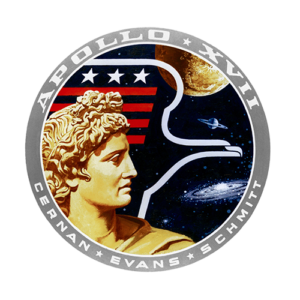
The Apollo 17 Mission
Explore the final Apollo mission, Apollo 17, which conducted groundbreaking scientific research on the Moon’s surface.
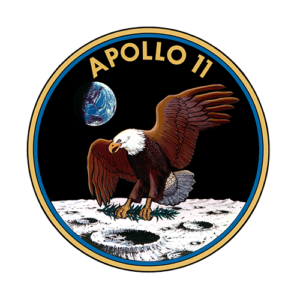
The Apollo 11 Mission
Explore the historic Apollo 11 mission, humanity’s first crewed lunar landing, marking a monumental achievement in space exploration.
